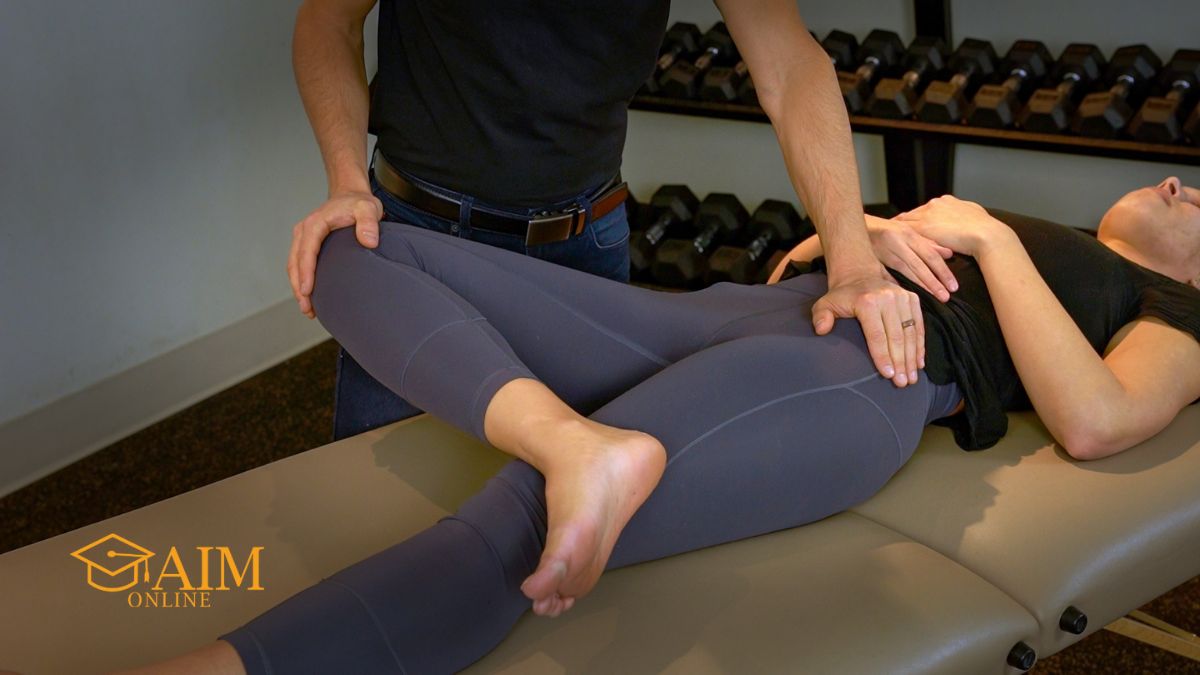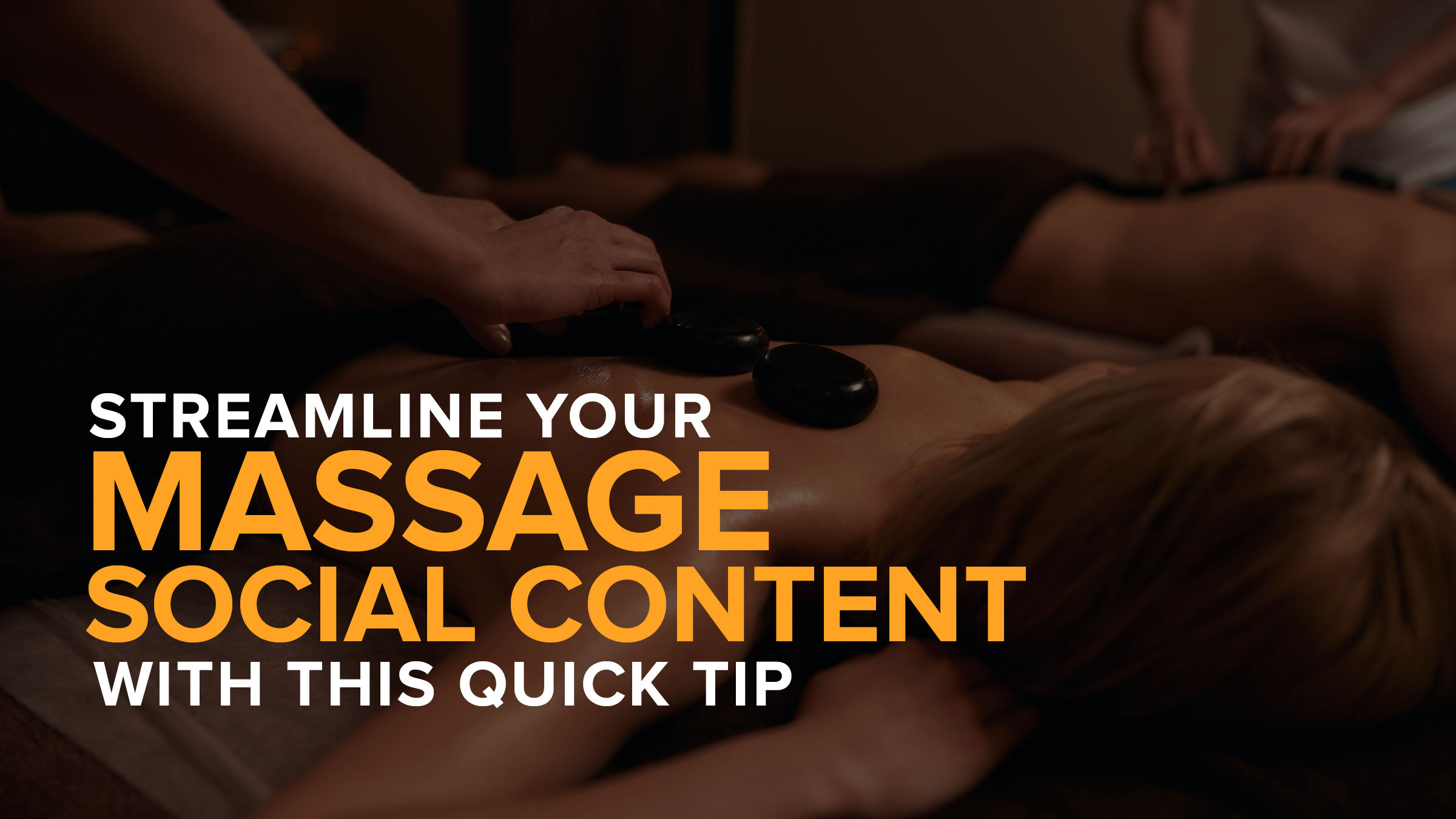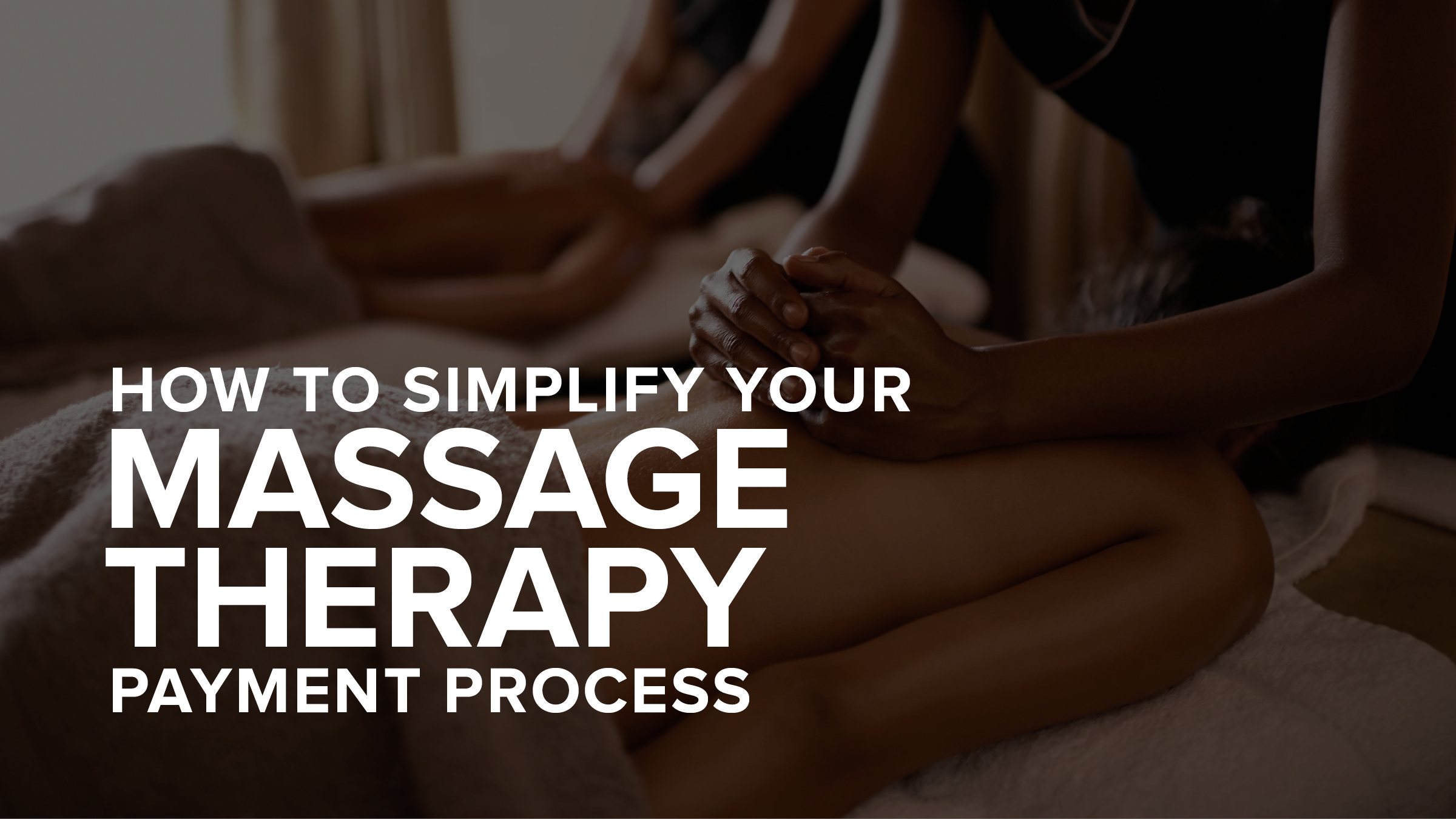3 Reasons You Need to Start Using Orthopedic Assessment
- Dr. Jess Reynolds
- April 20, 2022
- - Education

We massage therapists are in a unique position in that we typically get to spend a full hour with our clients. What we do with that time matters, and the difference between a subpar treatment and a truly beneficial one often hinges upon how well we, as therapists, get to know our clients and address their complaints.
As often as not, our clients come in with a specific problem. Maybe it’s a sore hip, or they hurt their shoulder over the weekend, or perhaps it is low back pain that just never seems to go away. They tell us where the pain is, then they get on the treatment table expecting that we help them feel better and fix the problem.
The trouble is that you can’t fix a problem if you don’t know what the problem is, and performing a detailed assessment is the only way to know what the problem is.
In this article, we explore three reasons why performing a high-quality and detailed assessment is important for massage therapists.
1. Fix The Root of The Problem
One of the most common reasons people come to see us is for pain relief. Fortunately for us, relieving pain is relatively simple. It is well documented that massage can help reduce pain; however, pain is just a symptom. If we do not address the underlying root cause of pain, then the pain will inevitably come back. We trick ourselves into believing that by getting rid of the pain, we are getting rid of the problem.
To address the underlying cause of the problem, we first need to know what the problem is. This sounds obvious, yet it is often overlooked. That is where orthopedic assessment comes in. Orthopedic assessment is a systematic, sequential process of gathering information that is used to hone in on the root of the problem. Once we have identified the underlying cause, we can use our skills to treat the real problem and relieve the pain at the same time.
2. Do No Harm
Years ago, when I first started practicing as a massage therapist, I had a client come to see me for a relaxation massage. He mentioned that his hip was sore from the weekend and wanted me to spend a bit more time working on his hip. I went into treatment without thinking much about it. The massage went well until he got off the table at the end of the session. I was waiting outside the treatment room and I heard him hiss with pain.
It turned out that he had pulled his adductor while getting off the table. At first, I was confused. After asking him a few more questions, it became apparent that his new adductor strain was largely my fault. The sore hip he wanted me to work on was, in fact, deep gluteal pain syndrome, and by releasing his hip muscles, I had inadvertently created an instability, leading to the adductor strain.
Performing an assessment gives you the information that you need to make sure you don’t inadvertently make things worse. Even if the goal of the session is relaxation, knowing the nature and cause of your clients’ issues is essential.
An assessment does not have to take long. A few simple questions and a quick physical test, taking no more than a couple of minutes, is all that it takes.
3. More Bookings
Performing an assessment is the single most effective way to identify the root of the problem and get consistent, reliable results from each session. Results matter, of course, but there is another interesting thing that happens when you take the time to perform a proper assessment.
Performing an assessment often leads to clients feeling better understood and taken care of, which in turn leads to them trusting you more. Trust is the foundation of any strong relationship. The combination of getting good results from each session and working with clients who trust you is what leads to increased referrals and rebooking rates. For many of us, rebookings and referrals are the lifeblood of business.
There is one additional benefit of performing a proper orthopedic assessment. As more massage therapists use assessment to identify the root of their clients’ problems, it increases the credibility of the massage profession as a whole. There have been many occasions where I have used orthopedic assessment to properly identify conditions that were misdiagnosed by MDs, which resulted in clients being able to cancel their surgeries (I talk about this in my online course, Foundations of Orthopedic Assessment). As more of us earn the trust of our clients, we may also earn the trust of the medical community as a whole, where there is a surprising lack of training in the diagnosis and treatment of MSK conditions.
If you would like to learn how to perform a detailed assessment, check out “Foundations of Orthopedic Assessment,” an online course hosted by AIM Online, a continuing education provider for massage therapists and bodyworkers, certified by NCBTMB. As a member of MassageBook, you get an exclusive discount through our Partner Program.
Get lifetime access to Foundations of Orthopedic Assessment for only $124
- Author: Dr. Jess Reynolds
- Published: April 20, 2022
Grow and simplify your practice!
Related Posts
Recent Blog Posts
Categories
Categories Index ( 21 )
- Friday focus (9)
- Massage therapists (42)
- Massage therapy benefits (7)
- Marketing (157)
- Massagebook features (12)
- Healthy living (12)
- Press (2)
- Practice management (55)
- From our ceo (3)
- Software releases (23)
- Education (5)
- People focus (3)
- Types of therapy (1)
- Uncategorized (1)
- Massagebook (36)
- Massage therapy (4)
- Massage practice (1)
- Massagebook (1)
- Fun (1)
- Guest blog (1)
- Resources (2)







